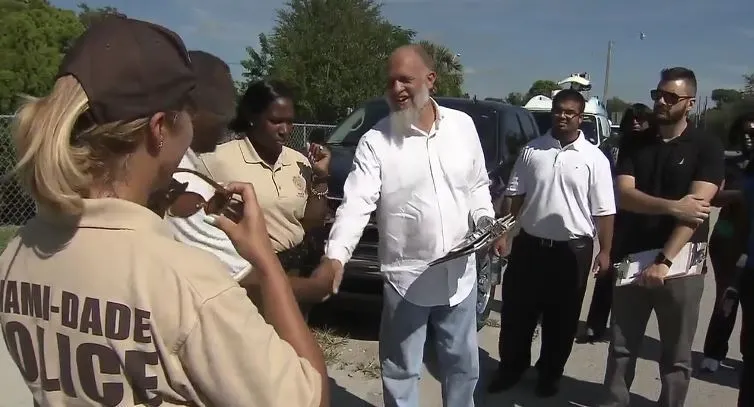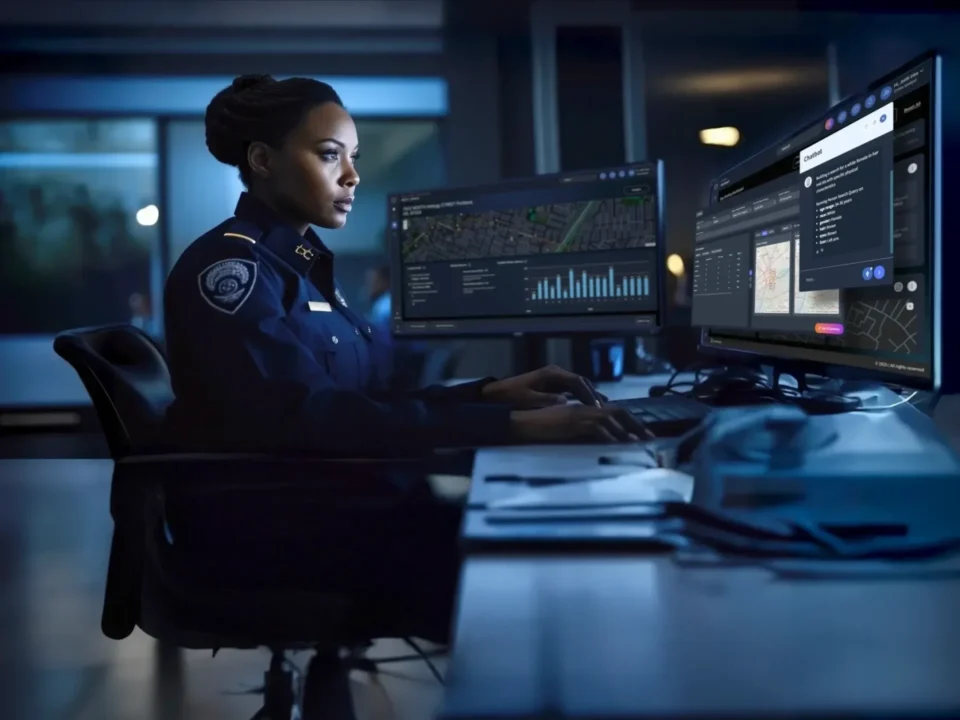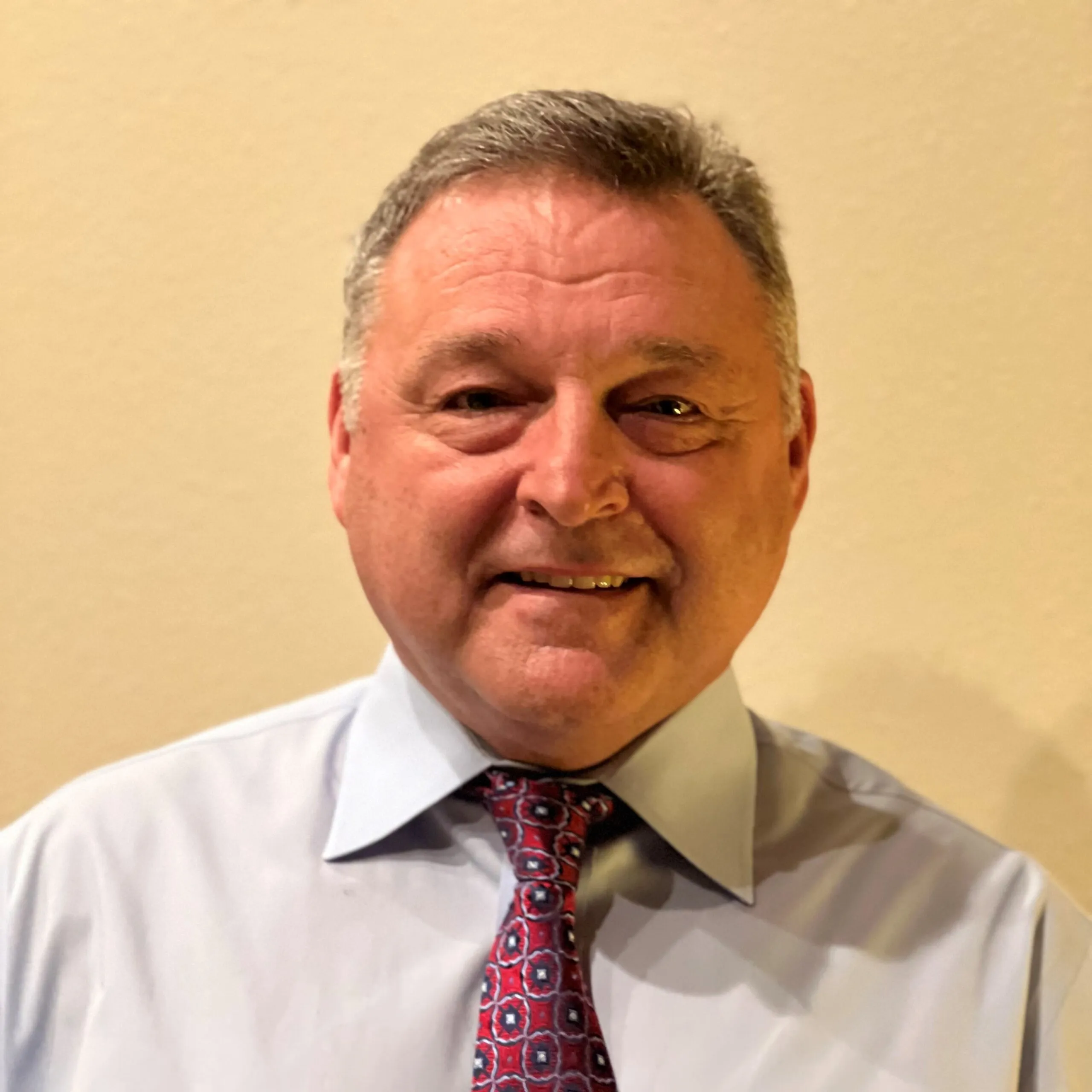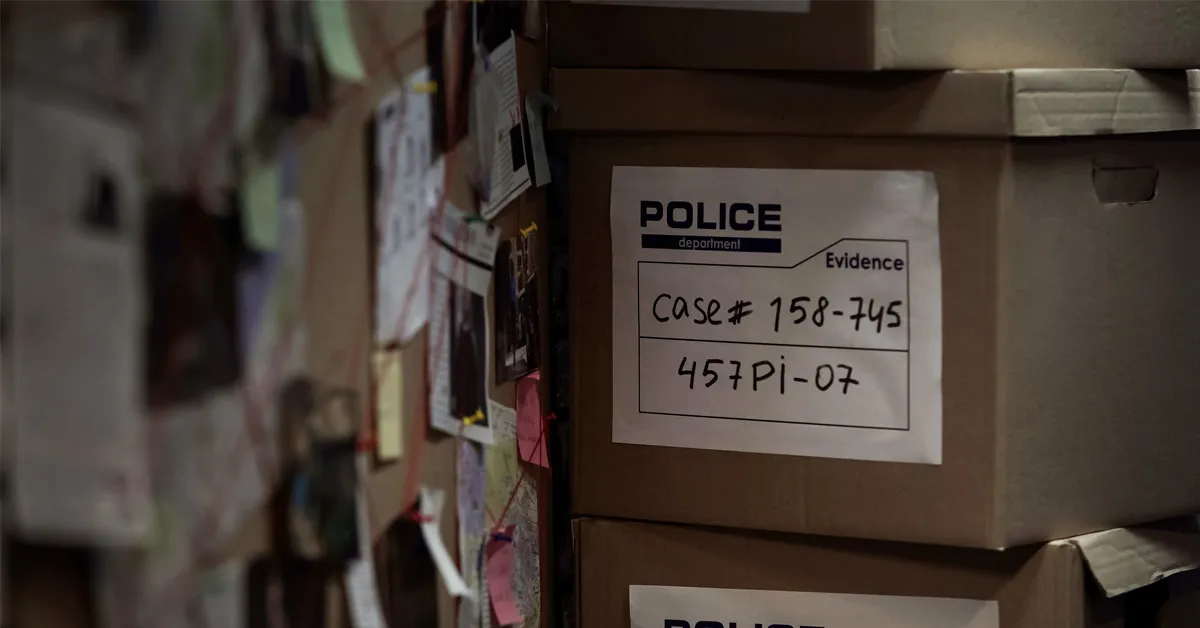I was one of the panelists along with former ATF Associate Deputy Director and SoundThinking’s VP of Analytics and Forensic Services Tom Chittum, and the President of Ummah Futures International Wayne Rawlins. In just thirty minutes, and with an overarching focus on the importance of law enforcement collaboration, our conversation covered a variety of topics ranging from place-based policing, to the importance of a public health approach to gun violence, to how to best improve investigative efficiency. Here are some of the highlights from the conversation.
The Modern Era of Policing and New Challenges
We have seen increasing crime rates at the same time as decreasing resources and those two variables have led to falling clearance rates and an increased strain on police-community relations. In this new era of policing, law enforcement collaboration is essential, with communities demanding greater transparency as well.
Let’s look at the evolution of patrol strategies, as an example. Due to the limitations of technology in most of the twentieth century, police focused more on gut-based or reactive patrolling (known as randomized patrols). In contrast, hotspot policing, which is a response to hotspot analysis, or the process of aggregating crime data and creating hot spots to direct police patrols, rose to prominence at the end of the twentieth century and focuses on a location-based approach. Studies show that a small segment of blocks and very few serial offenders are in fact responsible for the absolute vast majority of crimes. By establishing place-based and serial offender-focused models, the police can work smarter, not harder.
This is where ResourceRouter™ proves essential. A patrol management and analyst tool, ResourceRouter automates the planning of directed patrols across the entire jurisdiction, multiple times daily, taking both spatial and temporal variables into account. With ResourceRouter, agencies are better able to direct officers to the locations that present a risk, at the time they are needed most. This helps reduce patrol gaps and improves the relationship between police and community.
A Public Health and Community-Centric Approach to Gun Violence

Wayne Rawlins, center, is the founder of Walking One Stop, a police-community collaboration that uses technology to reduce harm, catalyze reconciliation, and improve police legitimacy.
Police can’t respond to gunfire if they don’t know where it’s occurring. Gunshot detection technology such as ShotSpotter® provides insight into where gunfire is happening, which is all the more critical given the fact that over 80 percent of gunshot incidents are never reported to 9-1-1. This means that cities and governments can prevent violence by clearly identifying where to allocate programmatic resources.
At the end of the day, gun violence is a public health crisis and it requires law enforcement collaboration and data sharing between police departments and social workers, violence interrupters, hospitals, schools, and public health organizations.
Improving Investigative Efficiency
Anyone investigating shootings knows that it is extremely difficult to make an arrest, much less solve a case. To make our streets safer, law enforcement collaboration is vital, and one of the ways to do this is through the use of case management software.
CaseBuilder™ Crime Gun imports NIBIN leads into a centralized platform. It identifies associated gun crime incidents, prioritizes leads, and tracks cases so that investigative units can be more efficient and effective when taking on gun crime. Meanwhile, CrimeTracer™ brings together local, regional, and national data sources into a single tool. Investigators can enter partial license plate or suspect description information and quickly identify persons of interest to solve crimes and improve clearance rates—for any crime.
Rebuilding Community Trust
The key to rebuilding community trust and safeguarding public safety is law enforcement collaboration, otherwise known as “partnership, partnership, partnership.” Not just between law enforcement, municipal entities, and prosecutors, but also with community groups that deliver resources. At the end of the day, this improves police legitimacy and helps communities heal because they can finally get the resources and services they need.





